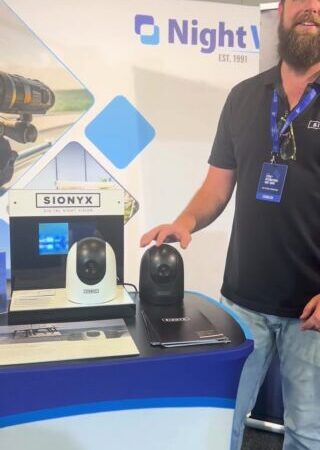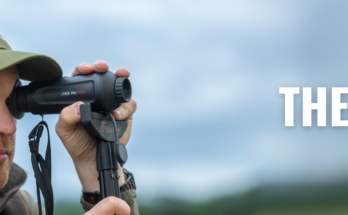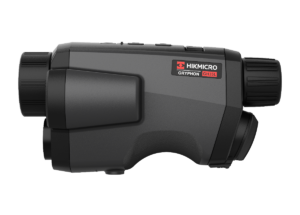Thermal imaging cameras, once considered a specialised tool for military and scientific applications, have rapidly evolved into an accessible and versatile technology with numerous uses across various industries. These devices allow us to visualise heat, turning invisible infrared radiation into visible images. This capability has unlocked a myriad of applications, from safety and maintenance to medical diagnostics and environmental protection.
Understanding Thermal Imaging Technology
Before diving into the applications, it’s essential to understand how thermal imaging works. Unlike standard cameras that rely on visible light, thermal imaging cameras detect infrared radiation, which is emitted by all objects based on their temperature. The camera converts this information into a visual image where different colours represent varying temperatures, allowing the user to detect heat patterns, temperature differences, and thermal anomalies.
- Industrial Maintenance and Inspection
One of the most widespread uses of thermal imaging cameras is in industrial maintenance and inspection. In factories, power plants, and refineries, these cameras are employed to detect equipment malfunctions that could lead to costly downtime or safety hazards. For example, thermal imaging can identify overheating electrical components, failing mechanical systems, or leaks in pipelines. By catching these issues early, companies can perform preventive maintenance, avoiding breakdowns and reducing repair costs.
- Building Diagnostics and Energy Audits
Thermal imaging has also found its place in the building and construction industry. It is particularly useful in energy audits, where it helps identify areas of heat loss in buildings. Homeowners and businesses use thermal cameras to detect poorly insulated walls, roofs, and windows. By identifying these areas, property owners can take steps to improve insulation, reducing energy consumption and utility costs.
- Firefighting and Rescue Operations
Thermal imaging cameras have revolutionised firefighting and rescue operations. In the heat and chaos of a fire, visibility is often reduced due to smoke and flames. Thermal cameras help firefighters navigate through these challenging conditions by providing a clear visual of their surroundings based on heat signatures. This technology enables them to locate hotspots, detect hidden fires behind walls, and even identify survivors in smoke-filled rooms.
- Law Enforcement and Security
Law enforcement agencies have adopted thermal imaging cameras for surveillance and tactical operations. Unlike conventional cameras, thermal imaging does not require light to function, making it ideal for nighttime surveillance or when criminals try to hide in poorly lit areas. This technology can help police officers detect suspects hiding in shadows or dense vegetation and track their movements from a distance.
- Medical and Veterinary Diagnostics
In the medical field, thermal imaging has emerged as a non-invasive diagnostic tool. By detecting subtle changes in body temperature, thermal cameras can help in diagnosing various conditions, such as inflammation, poor circulation, or infections. For instance, it is used to identify circulatory issues in diabetic patients or detect breast cancer through abnormal heat patterns in tissues.
- Environmental and Wildlife Monitoring
Thermal imaging plays a critical role in environmental and wildlife monitoring. Conservationists use it to study the behaviour of nocturnal animals without disturbing their natural habitats. Additionally, researchers can track endangered species and monitor their populations using thermal cameras, which are especially useful in dense forests or remote areas.
- Automotive and Transportation
In the automotive and transportation industries, thermal imaging cameras are integrated into advanced driver-assistance systems (ADAS) to improve road safety. These cameras help detect pedestrians, animals, and other vehicles in low-visibility conditions such as fog, rain, or nighttime driving. By alerting drivers to potential hazards, thermal imaging technology can significantly reduce the risk of accidents.
Summing up, thermal imaging cameras have come a long way from their early military roots. Whether in emergency services, medical diagnostics, or environmental protection, the benefits of thermal imaging are undeniable, making it a vital tool in modern society.



